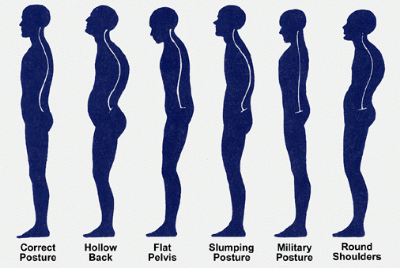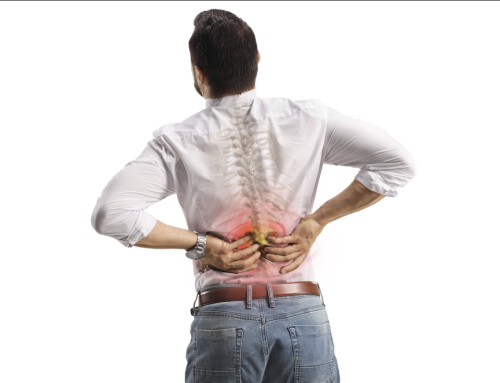
Correct Posture: Critical for Good Health
Your posture is the foundation for every movement your body makes and it is essential for good health. Posture is the position in which we hold our bodies while standing, sitting or lying down. People with good posture enjoy pain-free movement and flexibility, better balance, coordination and peak athletic performance. Correct posture month is celebrated every May and understanding the importance and necessity of good posture is key for maintaining overall physical wellness.
What Is Good Posture?
Correct posture helps us keep bones and joints in correct alignment so that our muscles are used properly, decreasing abnormal wearing of joint surfaces. Several muscle groups, including the hamstrings and large back muscles are critically important in maintaining good posture. When functioning properly, these postural muscles prevent the forces of gravity from pushing us forward. They also help us to maintain good posture and balance during movement. Tips to maintain good posture include:
-
Avoid sitting in the same position for prolonged periods of time;
-
While sitting, your knees should never be above hip level;
-
Relax your shoulders and never cross your legs.
-
When standing, stand up straight with your shoulders pulled back;
-
Keep your knees slightly bent;
-
Let your arms hang naturally by your side;
-
Keep your head level and not forward or to the side.
Consequences of Poor Posture
Your posture has a lot to do with how your body responds to the stresses placed on it including gravity, carrying weight and sitting in weird positions. Any degree that your cervical spine is out of neutral, extra force is placed on your body. For example, when people are constantly in a head-forward position, whether they are bent over a computer screen all day or texting and looking down, it can add as much as 60 pounds of force to the cervical spine. Excessive strain on the neck can lead to chronic problems such as the early onset of arthritis. Other consequences of poor posture include:
-
Scoliosis;
-
Degenerative arthritis;
-
Tension headaches;
-
Joint point;
-
Muscle strains and/or fatigue;
-
Overuse injuries.
How Can My Chiropractor Help?
With awareness and treatment, poor posture can be rehabilitated and prevented. Long-standing postural problems typically take longer to correct than short-lived ones, as often the joints adapt to your poor posture. Conscious awareness and practice at home and in the workplace can help you move toward a better body position. Chiropractic physicians can assist you by providing corrective exercises that will strengthen your core postural muscles and improve flexibility and strength. Regular exercises that teach posture and body awareness, like yoga or Pilates, are also great to counteract the tendency of developing poor posture.
Bad habits of poor posture carried out over a few years can directly contribute to chronic health problems. Make an appointment with us today at www.carolinaactivehealth.com to discuss treatment options for poor posture.








